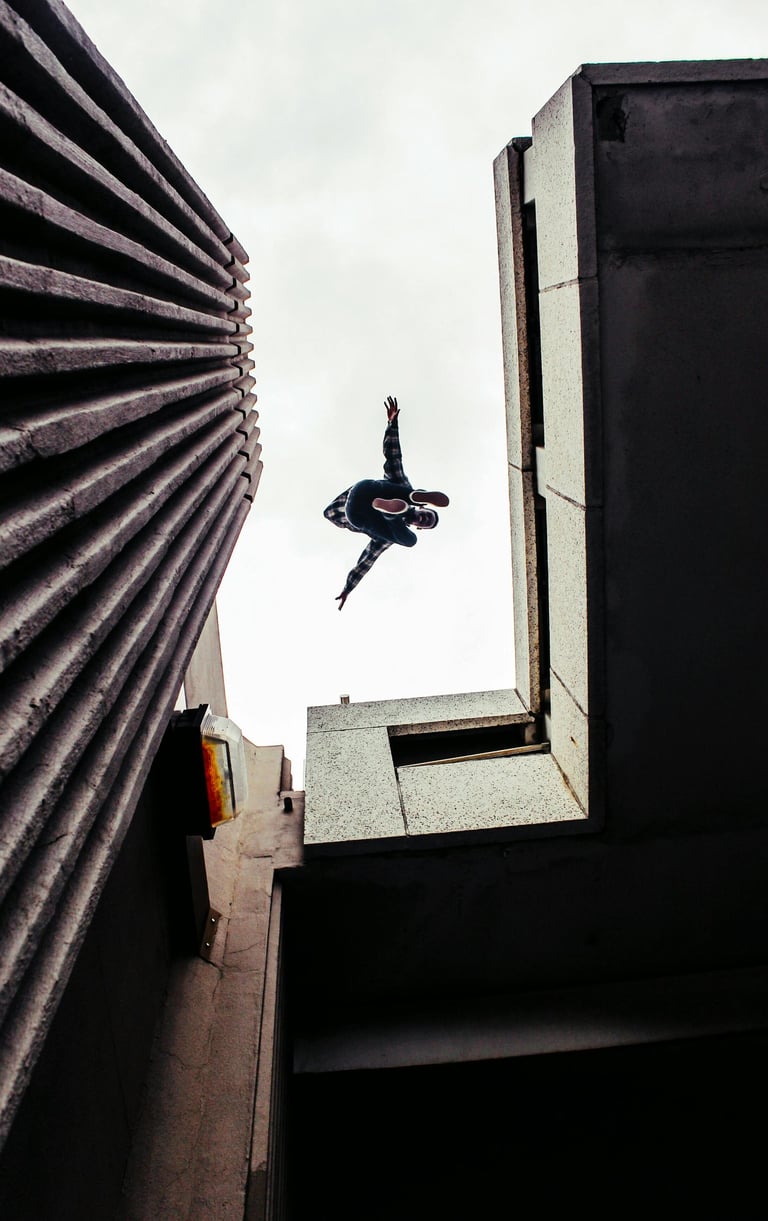You’re Already In Your Body (You Just Need to Turn Up the Volume)
A somatic series on movement, meaning, and why you were never not in your body.
Mike O'Connor
8/4/20251 min read
How many times have we been told to “get into the body”? As if it were a place somewhere else — somewhere we’ve forgotten, or worse, abandoned. I always immediately interrupt people: you’ve never not been in your body. You are your body. You are its pulses, hesitations, tensions, and gestures — even if you haven’t been listening to them.
The problem isn’t disconnection — it’s dullness. The volume’s just been turned down.
In somatic bodywork, coaching, and relational practices like Nonviolent Communication, we often start by noticing what’s already happening. Breath, weight, the rhythm of the voice, a hand resting quietly. These are not distractions from communication — they are communication. They’re how we relate, how we sense what’s needed, how we move with what’s present.
Metaphor shapes the way we understand
We often use the metaphor of the body as a home — “come back to your body,” “feel at home in yourself.” But that metaphor implies you’ve left. That embodiment is a kind of re-entry. What if we use a different understanding: the body as sound — always vibrating, always here, sometimes turned down, sometimes overwhelming, but never absent.
When we think of the body like a sound, the task becomes tuning in — not relocating.
What if listening, sensing, and relating weren’t about entering your body, but about staying with the signal? This is where soft skills and empathy become less about technique and more about sensing. Whether in teams, therapy, or intimate conversations, we can allow ourselves to feel the room, sense ourselves and other.
You are your movement
You are not just in a body. You are your body’s movement. That’s how you relate to others. That’s how you shape space. That’s how others shape themselves in response to you. In moments of conflict or uncertainty, the question isn’t “How do I get into my body?” It’s “What am I sensing right now? What’s already moving? Can I turn the volume up just enough to feel it?”


